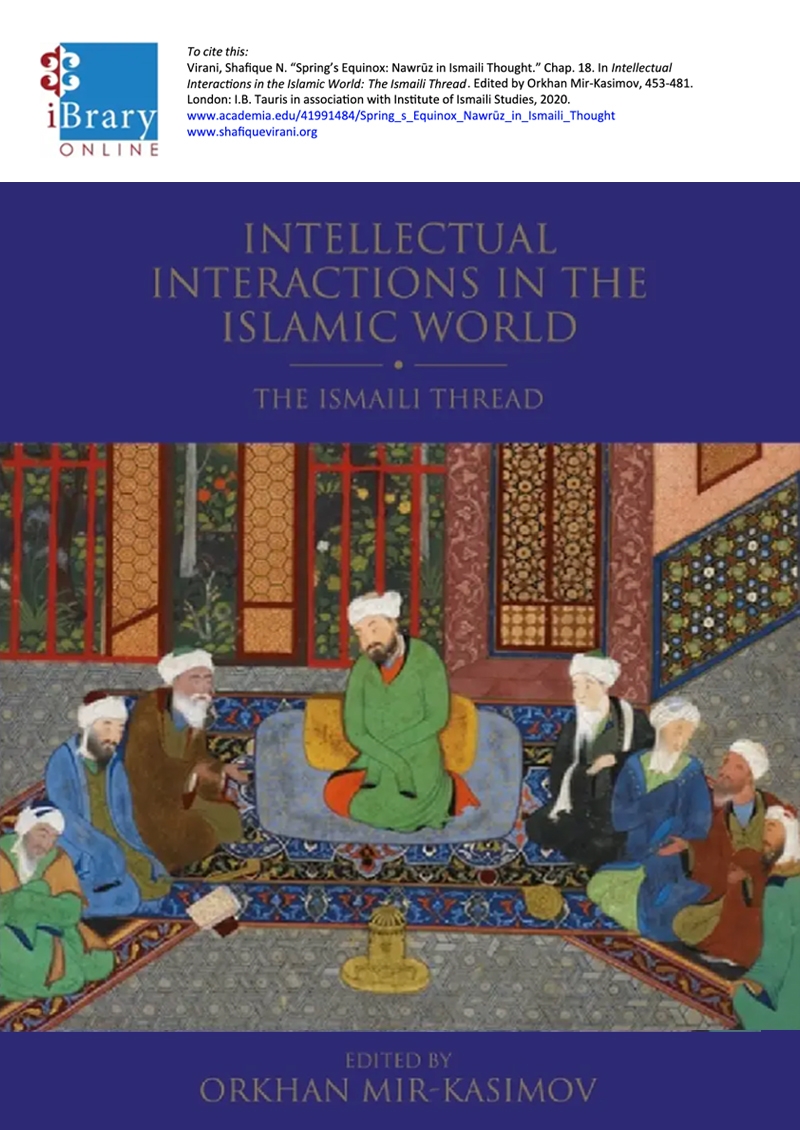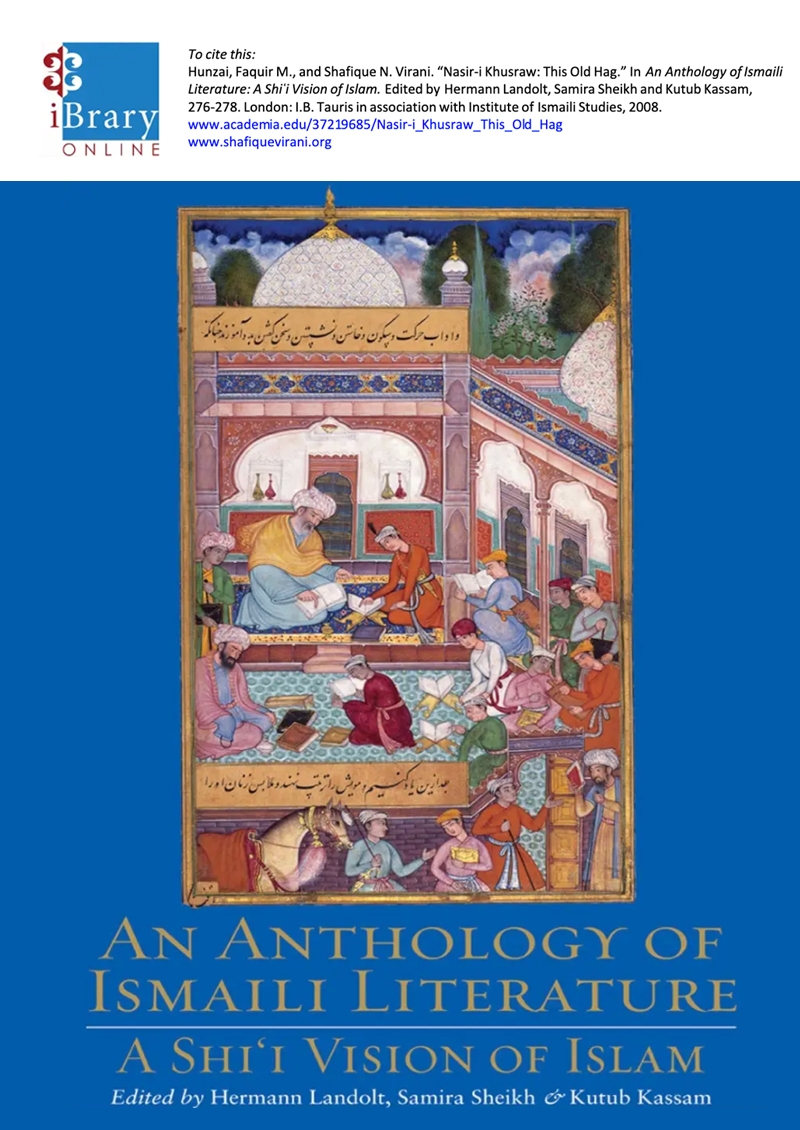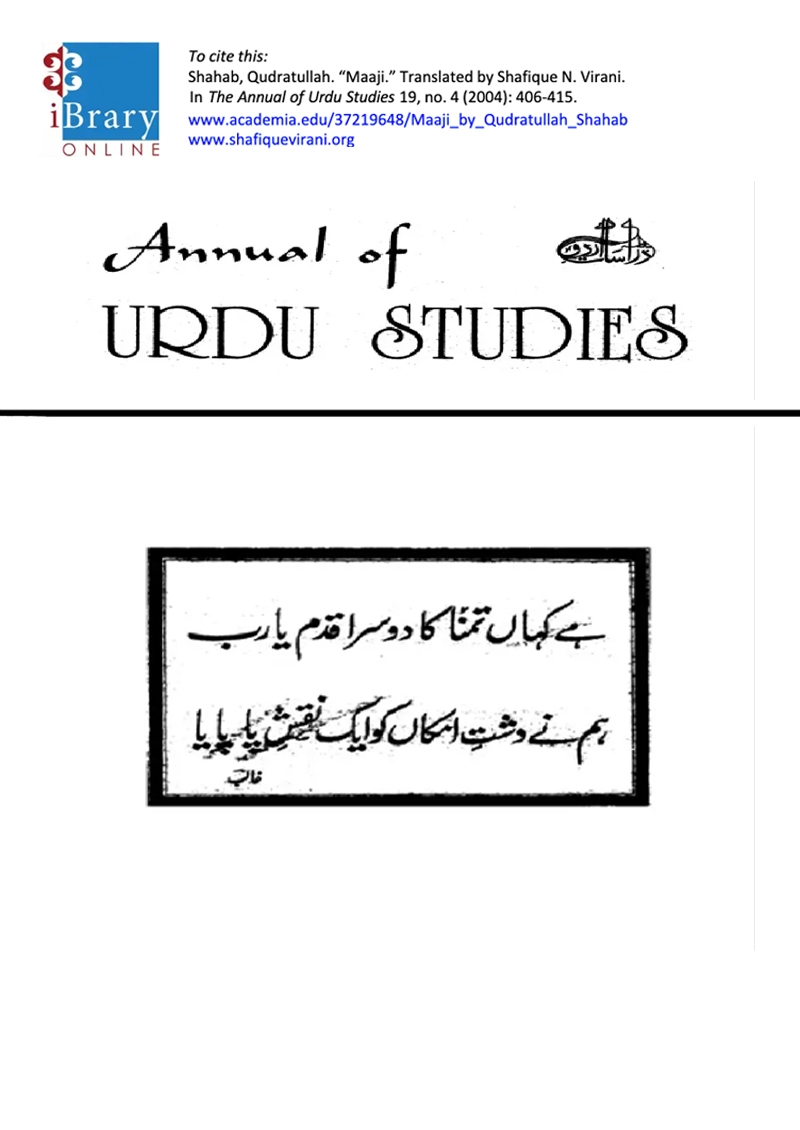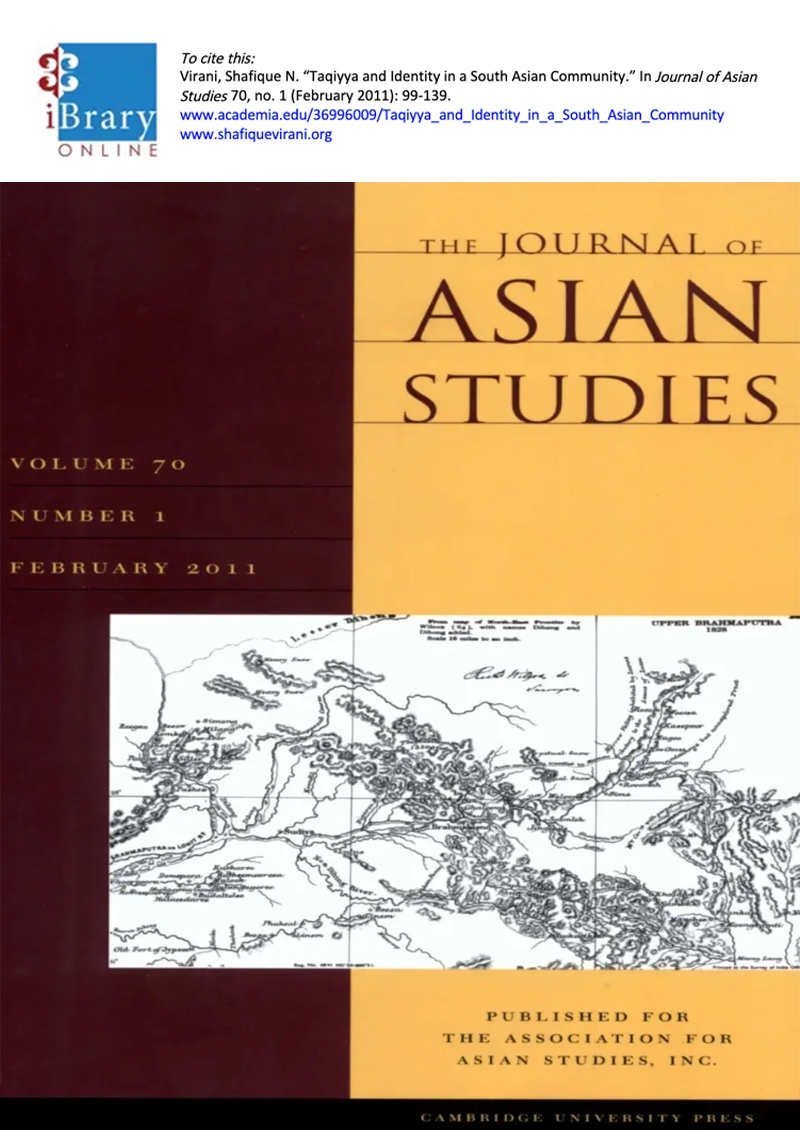Publication – English
Spring’s Equinox: Nawrūz in Ismaili Thought
Abstract:
The phenomenon of spring’s equinox, known as Nawrūz in Persian, has fascinated humankind for millennia. Numerous traditions sprang up in Muslim lands to celebrate its advent. The symbolism of spring in general, and of Nawrūz in particular, can be found in Ismaili literature spanning virtually every major historical period and is present in the literary heritage of the three principal linguistic groupings: the Arabic of the Islamic heartlands, the Persian of Iranian and Central Asian traditions, and the various South Asian languages of the Indo-Pakistan subcontinent. Intellectual interactions with the regional environment are readily apparent in the literatures, whether the timing of the festival in the Arab world, the vivid imagery and vocabulary of South Asian traditions that draw from the symbolism of wider mystical currents in the Subcontinent, or the metres and metaphors that permeate the Persian works, indelibly rooting them to the birthplace of Nawrūz, and the conventions that sprung from it.
Two prominent uniting themes permeate the three broad traditions, regardless of time period or language: vernal phenomena as metaphors for the blessing of the Imam of the time, and the sacralisation of the earth’s springtide finery by sublimating these symbols to convey knowledge of a spiritual world beyond sensory experience.
Cite this publication:
Virani, Shafique N. “Spring’s Equinox: Nawrūz in Ismaili Thought.” Chap. 18. In Intellectual Interactions in the Islamic World: The Ismaili Thread. Edited by Orkhan Mir-Kasimov, 453-481.London: I.B. Tauris in association with Institute of Ismaili Studies, 2020.
Share what you’re reading on social media
If you liked this, you may also enjoy reading




